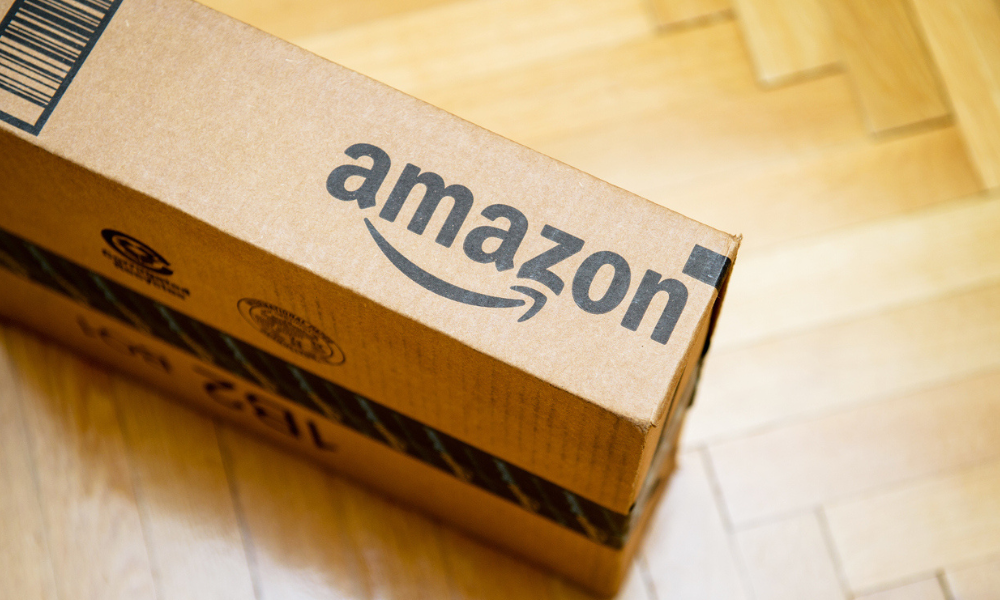More than 1,300 workplace injuries in 2022 at facilities

$4.4 million in benefits was paid for more than 1,300 workplace injuries at Amazon last year in Ontario alone, according to WSIB data. That includes $1.4 million loss of earnings benefits paid to injured workers while they were off and $2.8 million paid for their health care.
The figures show Amazon Canada Fulfillment Services ULC has seen a steady rise in workplace injuries since the start of the pandemic, something the company attributes to an increase in its workforce during that time period.
PressProgress received a statement from Maureen Lynch Vogel, head of global public relations and media relations for safety at Amazon. She says over the last few years the company has hired more than 12,000 new employees in Ontario, “so it’s natural that the number of these claims would increase even if the overall injury rates stay flat.”
While Lynch Vogel maintains the injury rate within the entire company has declined worldwide, the volume of injuries in Ontario has risen steadily over the past few years. In 2019 Amazon’s fulfillment centre warehouses in Ontario had 432 total allowed injury claims. In 2020, the number was 520. In 2021 it was up to 980. And last year there were 1,330 workplace injuries in these facilities.
The payouts for those years $1.4 million in 2020, $2.7 million in 2021 and $4.4 million in 2022. That’s a total of $8.5 million since the beginning of the pandemic.
In its reporting, PressProgress also spoke with David Newberry, a legal worker with the Injured Workers Community Legal Clinic. He believes the spike in injuries reflects hazardous working conditions.
“Not only does it show a disregard for the safety of workers,” says Newberry, “it shows that a growing issue is being ignored or improperly addressed, and that workers are increasingly thought of simply as disposable parts.”
A previous report from PressProgress contained leaked documents showing Amazon artificially ensures 25% of its workers are always falling behind, forcing other to speed up, putting safety at risk.
“Health, safety, and wellbeing of our employees is our top priority,” says Lynch Vogel. “We’ve invested hundreds of millions over the last few years into new safety measures, and injury rates have declined across our global network.”
Lynch Vogel admits there is always room for improvement but is “encouraged with the progress we’re making.”





